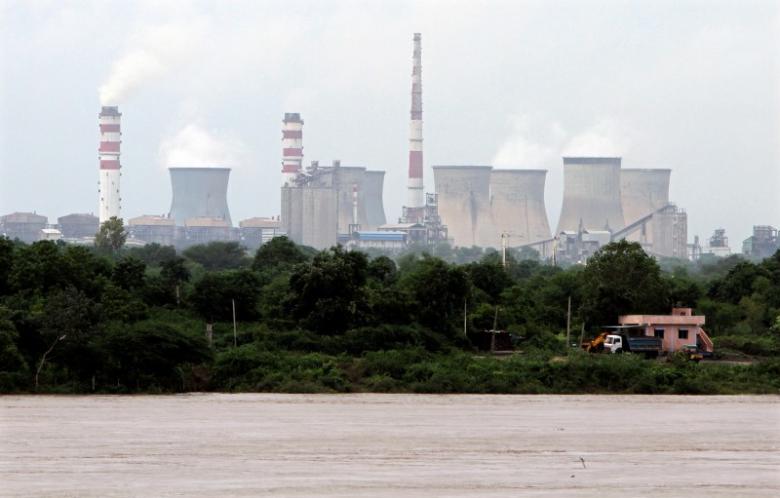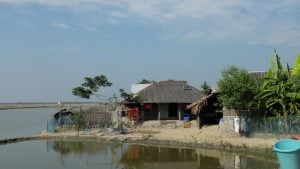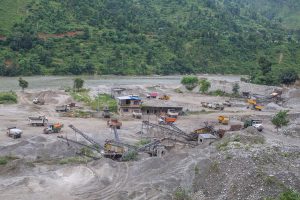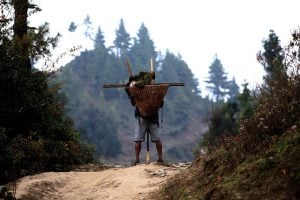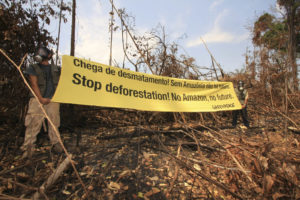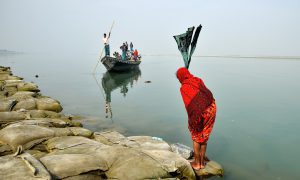As India continues to rely on conventional sources of energy, with thermal power contributing a major proportion of all the electricity produced in the country, acute shortage of water around power plants appears to be having an impact on the power output with India losing about 5,870 million units of generation due to the non-availability of water till February in this financial year.
Loss of generation shows a rising trend
Power minister Piyush Goyal on Thursday told the Lok Sabha how the loss of generation has actually significantly increased over the past three years from 1,258 million units in 2014-15 to 4,989 million units in 2015-16 and to 5,870 million units in the first ten months of the current fiscal.
See: Water levels plummet in Indian reservoirs
In order to reduce the need for water in the thermal power plants, he said in reply to a written query, over the last seven years, closed cycle systems were being installed in the new thermal power plants instead of the once-through cooling systems. Besides, he said other measures for conservation of water have also been initiated and these include the installation of ash water recirculation system, stoppage of discharge from ash pond effluent, adoption of high (65% solids)/medium concentration (38% solids) ash slurry disposal system, maintaining of high cycle of concentration in cooling towers and use of cooling tower blow down for disposal of bottom ash.
Together, he said, these measures have been helping bring down the total consumptive water requirement in a closed cycle system for a thermal power plant from 7 metre cube/MWh to about 3 metre cube/MWh.
Plants being encouraged to use treated water
The minister said to tide over their water shortage, some plants like the Pragati Power of IPGCL, Delhi and Rattan India Power Ltd, Nashik and Koradi TPS (3×660 MW) of MAHAGENCO have been using treated sewage water, and as per the new tariff policy of January 2016, he said the cost incurred on using treated sewage water would be allowed as a pass through in the tariff.
To bridge the gap between demand and supply of water in thermal power plants, the power minister said it has been also mandated that the plants located within 50 km radius of sewage treatment plant of municipalities, local bodies or other organisations would also mandatorily use treated sewage water produced by these bodies.
In response to another question, the minister stated that to meet the projected demand of power as per 18th Electric Power Survey (EPS), a capacity addition of about 94,681 MW, as against the target of 88,537 MW from the conventional sources, had been achieved till February 28 and about 22,736 MW as against the target of 30,000 MW from renewable sources till January 31.
Energy requirement to almost double in next decade
Goyal said as per the 19th EPS report released by the Central Electricity Authority, the projected electrical energy requirement and peak electricity demand on all-India basis in the year 2026-27 was expected to be 20,47,434 million units and 2,98,774 MW respectively. Likewise, the energy requirement was expected to be 15,66,023 million units and 2,25,751 MW in 2021-22, he said.
The minister told the house that as against a total installed capacity of 2,64,624 MW, up to February 2017, the actual generation in the year 2016-17 was 10,57,745.51 million units. Thus the demand for power is all set to surge by nearly 100% by 2026-27.
In order to meet this quantum jump in demand for electricity, the minister said the generation capacity addition has been planned. “The National Electricity Plan, 2012, has projected a generation capacity addition requirement of 86,400 MW from conventional sources during the period 2017-22 to meet the projected demand of electricity for the year 2021-22.” He further added that “thrust is being given to electricity generation from renewable energy sources. Government has set a target of 175,000 MW of renewable energy by the year 2022.”
Focus on renovation, modernisation
Apart from this, Goyal said “renovation, modernisation and life extension of old, inefficient generating units is being carried out to improve efficiency and better availability of generating units.”
As of now, he said, works on augmenting the thermal power generation by 51,218.59 MW, hydro generation by 12,217.5 MW and nuclear generation by 7,700 MW were at various stages of construction. In addition, he said, 44,100 MW additional nuclear capacity has also been identified, for which “in principle” approval has been accorded by the Centre.
This article was originally published in The Wire.
